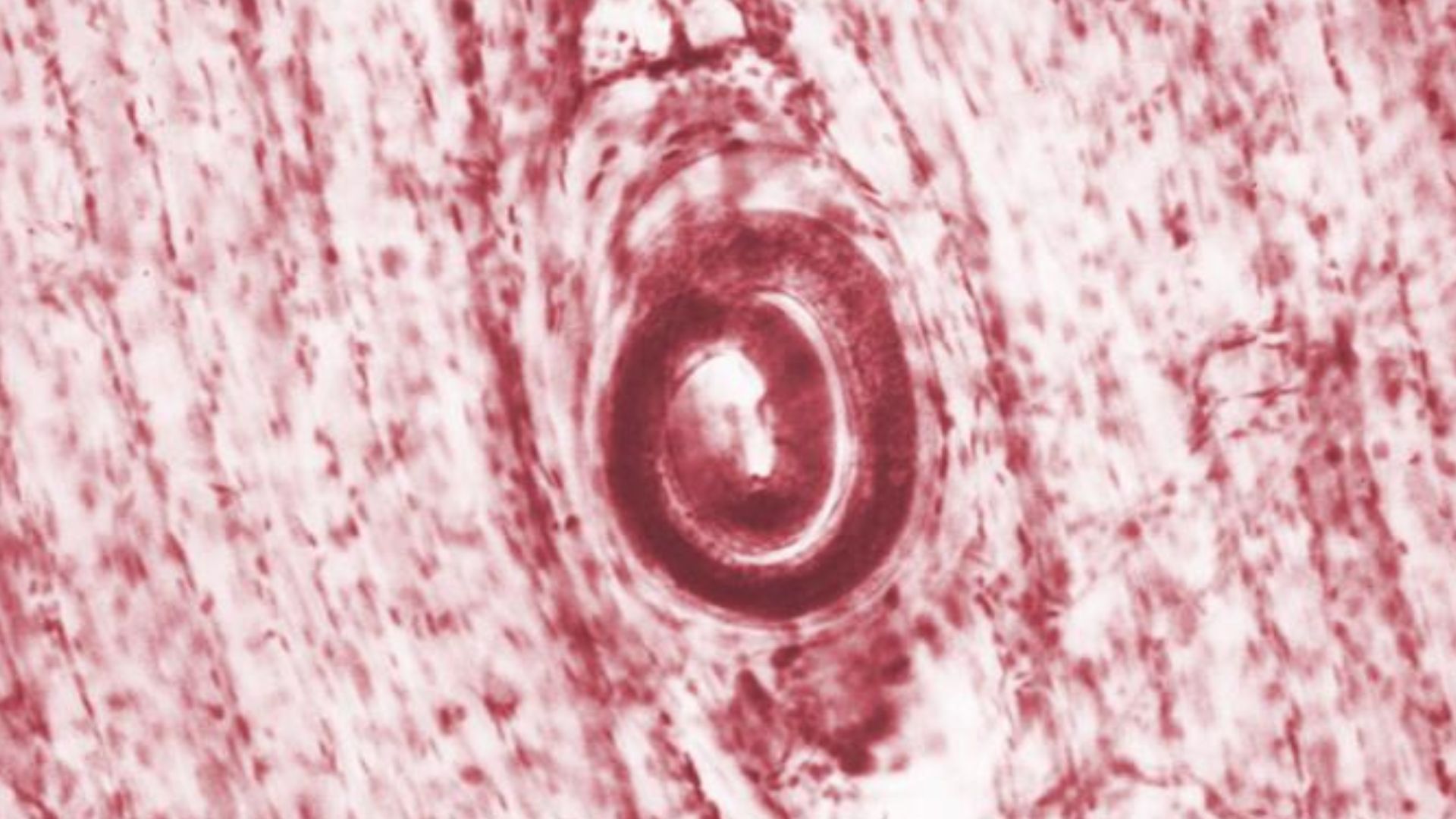Polymers, Vol. 15, Pages 563: Lignocellulose Biomass Liquefaction: Process and Applications Development as Polyurethane Foams
Polymers doi: 10.3390/polym15030563
Authors: Marius Gabriel Bontaş Aurel Diacon Ioan Călinescu Edina Rusen
One of the main strategies for sustainable human society progress is the development of efficient strategies to limit waste production and maximize renewable resource utilization. In this context, this review highlights the opportunity to transform vegetable biomass residues into valuable commercial products. Biomass conversion entails the depolymerization of lignocellulosic biomass towards biopolyols and the synthesis and characterization of the valuable products obtained by using them. The influence of the reaction parameters in both acid and basic catalysis is highlighted, respectively the influence of microwaves on the liquefaction reaction versus conventional heating. Following the depolymerization reaction, polyols are employed to produce polyurethane foams. As a special characteristic, the addition of flame-retardant properties was emphasized. Another interesting topic is the biodegradability of these products, considering the negative consequences that waste accumulation has on the environment.

 1 year ago
24
1 year ago
24


